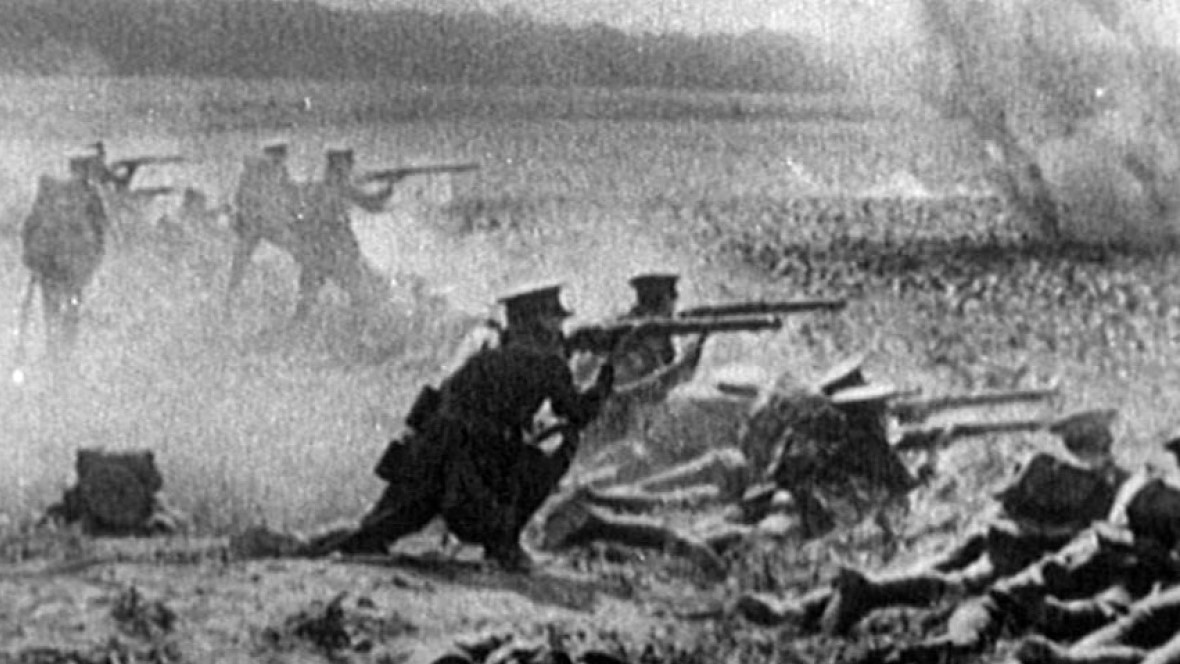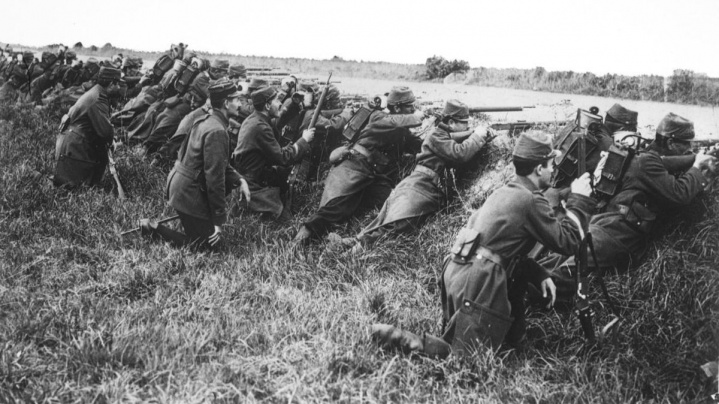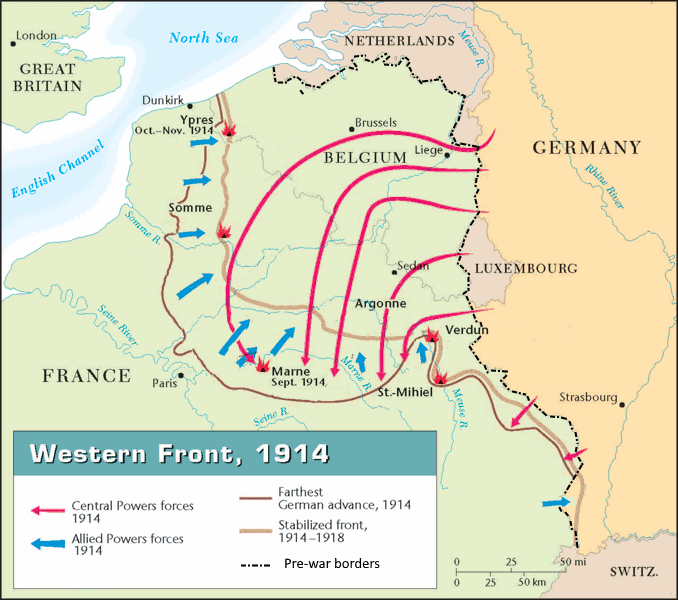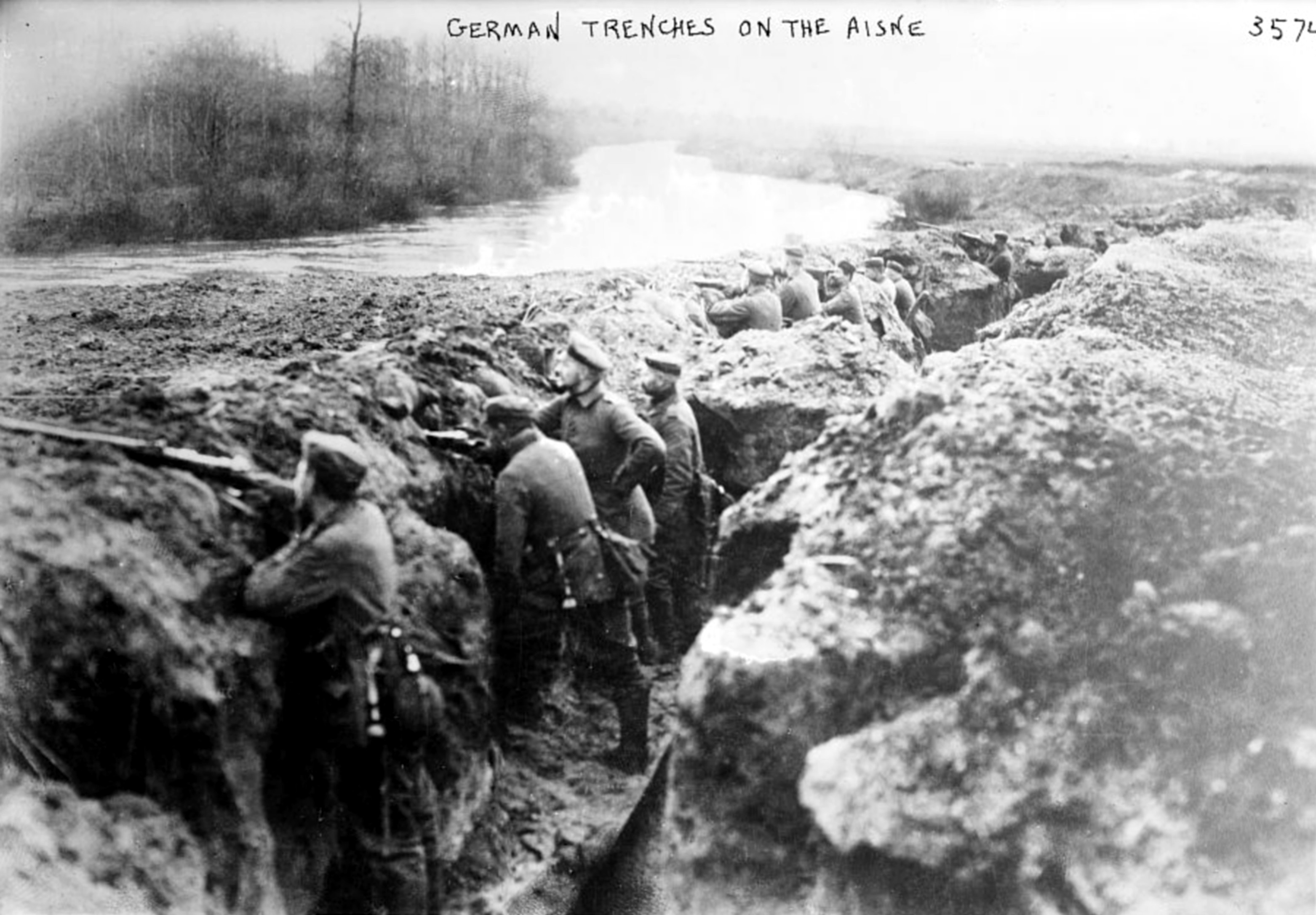Training has slowed down as Christmas gets closer. The recruits are starting to have leaves granted. The slower pace allows you to catch up on war news while you wait for your leave.
In the West:
August 7 - 25: French forces attempt to recover the provinces of Alsace and Lorraine from Germany. In the south they successfully capture German city of Mulhouse but the French attacks in Lorraine are stopped by massed artillery fire and strong German defences. French suffer major casualties and retreat in panic.

August 16-20: Germans encircle the Belgian fortress city of Liege, opening the door to the invasion of the rest of Belgium - Belgian forces retreat towards Antwerp in the north of fortress of Namur in south. German forces occupy Brussels.
August 21-28: The Battle of the Ardennes, Battle of Rossignol, Battle of St. Quentin. French forces counter-attack in southern Belgium and the Ardennes region in an unsuccessful attempt to stop the German advance. The French forces retreat to Sedan and Verdun.
August 24-26: The Battle of the Trouée de Charmes. German forces in the Lorraine find a gap between two French armies. A desperate French counter-attack prevents a German advance deep into France.
August 23 - Sept 4: The British Expeditionary Force attempts to stop the German advance at Mons, but is almost encircled and is forced to retreat. For the next month British, Belgian and French forces fight a series of bloody battles against the advancing Germans, as they make a 400 km, month-long fighting retreat back into France.

August 30 - September 5: Two German armies abandon the Schlieffen Plan and drive directly towards Paris rather than try to encircle it. Allied forces slowly retreat towards Paris and form a 200 km defensive line from Paris due east to Verdun. Germans penetrate to within 15 km of Paris.

September 5 - 8: First Battle of the Marne. The French 6th Army stops the advancing Germans at the Marne River, only 15 km from Paris. To the east Allied reconnaissance discovers a gap between the German 1st and 2nd armies. The Allies attack into this gap striking the German First Army on its flank. This French and British counterattack at the Marne ends the German advance on Paris. The German 1st army then withdraws to the Aisne River, towards Belgium. At the same time, the German 2nd Army fails to over-run east end of Allied defensive line at Verdun. Over 2,000,000 fight Battle of the Marne. casualties 250,000 French, 13,000 British, 250,000 German.

September 10: French and British troops begin a counter-offensive against retreating Germans.
September - November: The "Race to the Sea". In a series of battles in Northern France and Belgium, the Western Allies and Germans attempt to outflank each other. First Battle of Picardy, September 22-26, the Battle of Albert, September 25-29, the Battle of Arras, October 1-4 October. On October 5th, the BEF began the move from the Aisne to Flanders to support the French attacks. .
October 9: Despite defence by the bulk of the Belgian Army, Antwerp, Belgium, finally falls to German troops.
October 19: The "Race to the Sea" ends. Allied and German forces reach the English Channel, preventing any further flanking maneuvers. The Western Front forms as both sides construct trench lines stretching s from the Channel to Switzerland.


October 16 -November 22: The Allies and the Germans attempted to take more ground in Belgium, with little success, at great cost to both sides, at the Battle of the Yser, the First Battle of Ypres, and at Mont Kemmel.
By December, 1914 it was now clear to all that the war would not be over by Christmas, or any time close to Christmas. Over 1,300,00 men had been killed or wounded in the Western Front. The French had lost 454,000, the British 90,000 and the Germans 803,000. All the armies were dug-in in a massive line of trenches, with no sign of victory in sight.